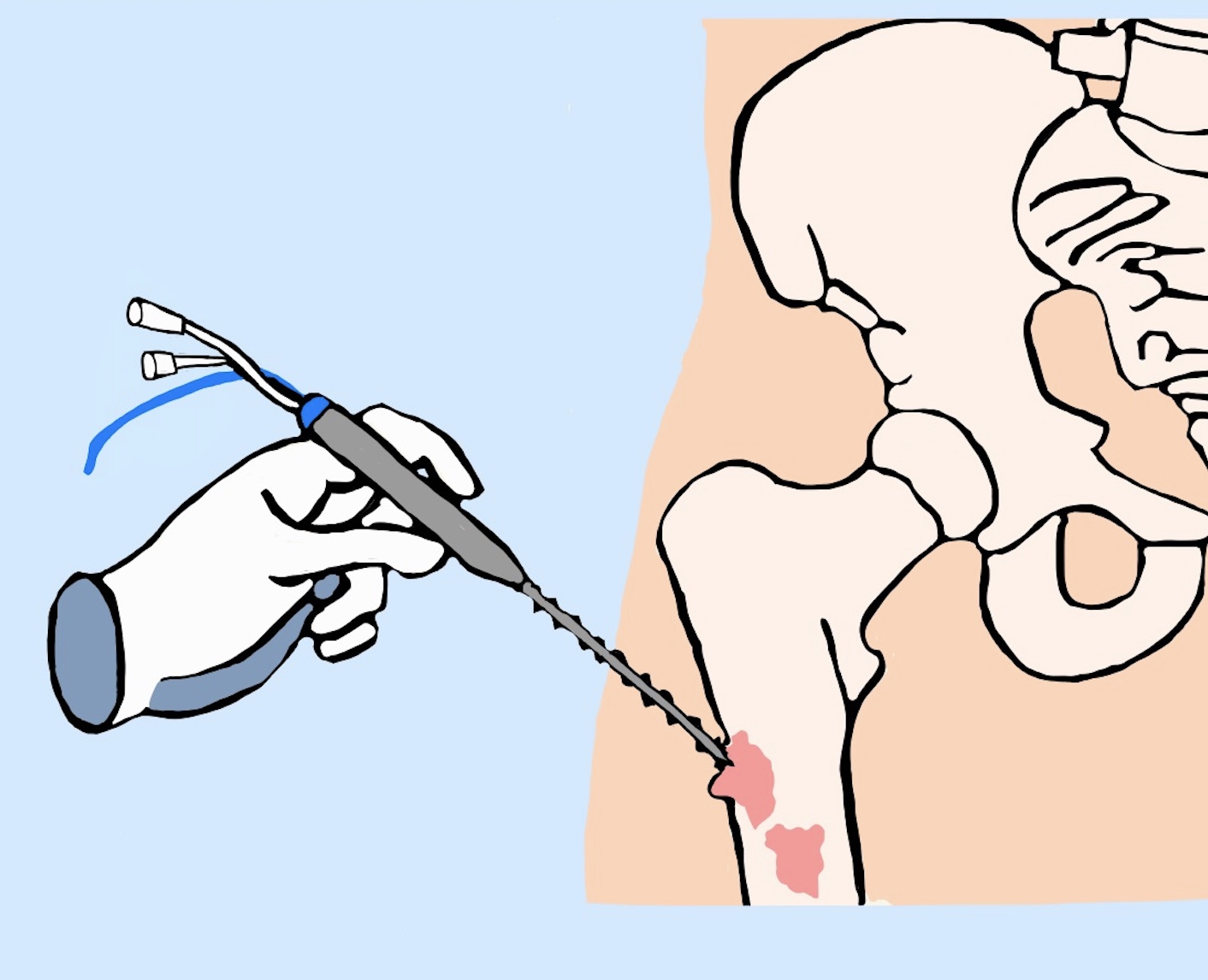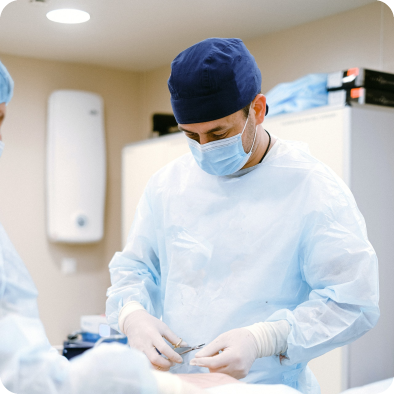Radiofrequency Ablation


This is a minimally invasive procedure that is performed under a CAT Scan, usually by a highly specialized musculoskeletal radiologist, in which a needle or probe is inserted into the lesion and the lesion is heated and destroyed. The CAT scan is utilized to localize the Osteoid Osteoma so the needle can be guided directly into the tumor. It is an outpatient procedure. The patient goes home the same day. It is minimally invasive and therefore only a small stab incision or poke hole is made for the needle. The procedure does require that the patient be put to sleep with general anesthesia because insertion of the needle into the Osteoid Osteoma is very painful. The patient must also lie motionless during the procedure. The procedure is greater than 90% effective. This is the same success rate as with actual surgical removal. The pain from the osteoid osteoma is usually relieved within 1 day. Often in the recovery room after the procedure, the patient will say that the pain from the tumor is gone. There is full use of the leg or arm and return to normal activities the following day. There is virtually no blood loss and very little risk (less than 1% risk) of developing an infection after the procedure. Less than 10% of the time the procedure needs to be repeated or the patient requires a surgical procedure to remove the tumor.
A needle or probe is inserted under CT scan so we can specifically locate the tumor. Once we have located the tumor, radiofrequency waves are aimed and ablate (or melt) the cells.
Radiofrequency Ablation is performed in combination with surgery, and there are no additional instructions you need to follow outside of the post-op instructions

Video by Stryker Corporation Interventional Spine